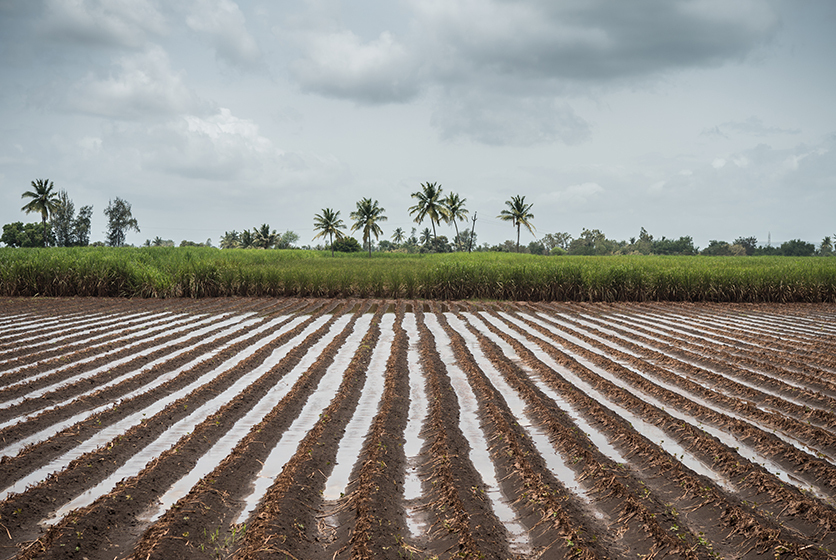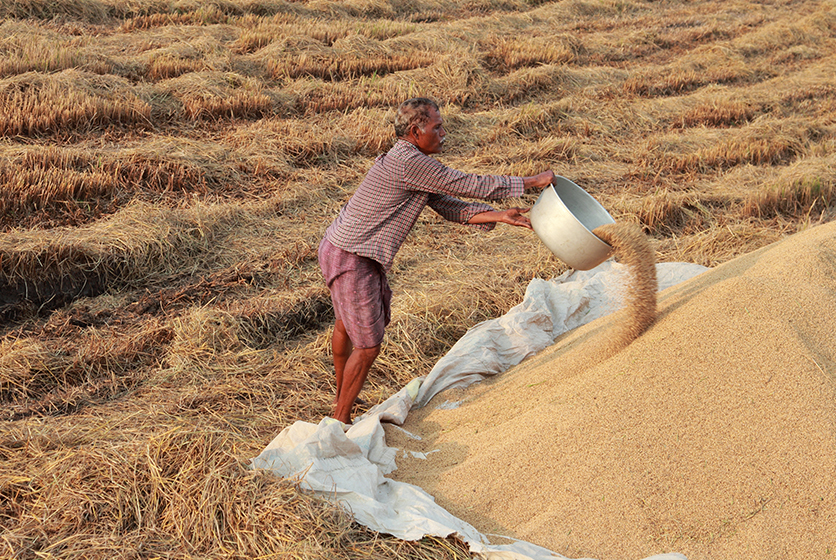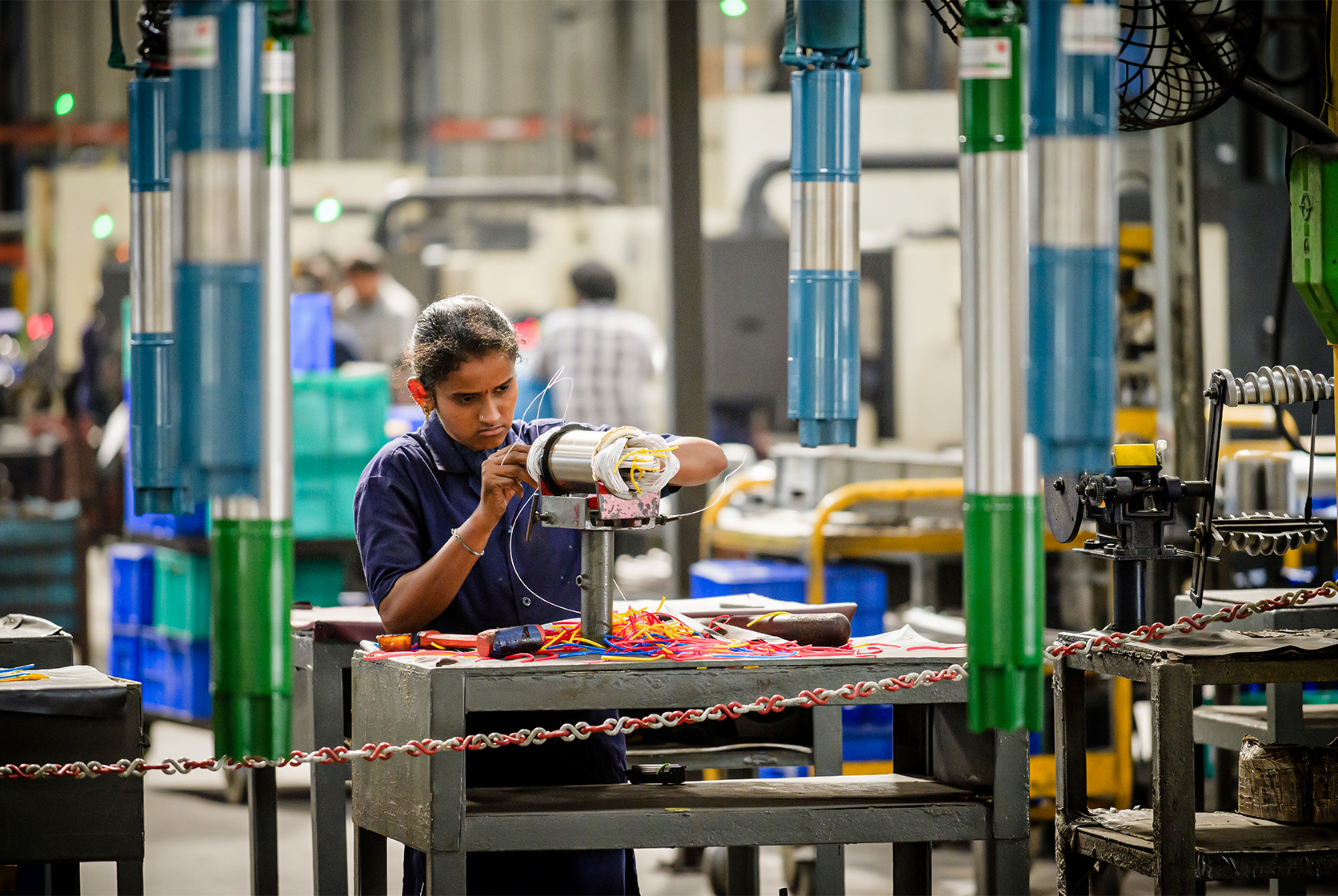Zero Budget Natural Farming in India
There are many ways in which India is trying to bring about improvements in its agriculture sector. One such method is Zero Budget Natural Farming or ZBNF.
What is ZBNF?
Padma Shri Subhash Palekar drew from ancient Indian texts, forest ecosystems and a formal degree in agriculture to develop and propagate ZBNF in the 1990s. This system relies on traditional practices to produce crops devoid of chemical inputs and in effect, revert to the pre-Green Revolution period of farming.
There are 4 main principles of ZBNF:
- Jeevamrutha - the fermented microbial culture that provides nutrients and promotes the growth of beneficial microorganisms in the soil
- Bijamrita - promotes better health of seeds and other planting components and helps protect young plant roots from various diseases
- Acchadana - soil mulching / straw mulching / live mulching - ZBNF encourages the avoidance of deep ploughing
- Whapasa - reduces reliance on irrigation and promotes the idea of water vapour for plants; which means helping soil retain both, water and air molecules for the nourishment of crops
All of which translates into prevention of chemical inputs and reducing use of resources such as water. Overall, the cost of producing crops comes down significantly with the ZBNF system.

ZBNF and India
There has been quite a lot of support and propagation at the institutional and government level. For instance, in the year 2018, NITI Aayog vice chairman, Rajiv Kumar said that ZBNF can help double farmers' income levels by the year 2022. In the Union budget, finance minister Nirmala Sitharaman talked about ZBNF as well. As per the Economic Survey of 2018-2019, 1.6 lakh farmers are practising ZBNF.
There seems to be consensus that ZBNF has helped farmers enjoy a more sustainable way to produce crops. There are pockets of success with yields for ZBNf as well. For instance, in Andhra Pradesh, groundnut farmers got 23% more harvest with the ZBNF method and paddy farmers had an average of 6% more yield.
What remains to be seen are two main aspects on a wider scale - if it boosts productivity significantly and helps improve the income levels of farmers.
What else is happening in India and ZBNF?
States like Kerala, Karnataka, Chhattisgarh and Himachal Pradesh are also doing note-worthy work for ZBNF.
Farmers in Andhra Pradesh are a big ZBNF community. The government of this state launched a plan of bringing 6 million farms / farmers to natural farming by the year 2024. Implementing the ZBNF model at this scale involves change at the social and economic levels. And the government has planned to implement self-help groups, bring in investments, and explore different partnerships with financial institutions and global agencies in order to meet ZBNF goals.
Karnataka has made a beginning on a smaller scale by deploying ZBNF on 10 pieces of land as pilot projects.

It is safe to conclude that ZBNF is an earth-friendly approach, especially given the need for mega measures to combat climate change. But, it is also important to explore the policy framework and ensure that farmers enjoy not just a sustainable way of producing crops but also a way to improve their earnings as well.



